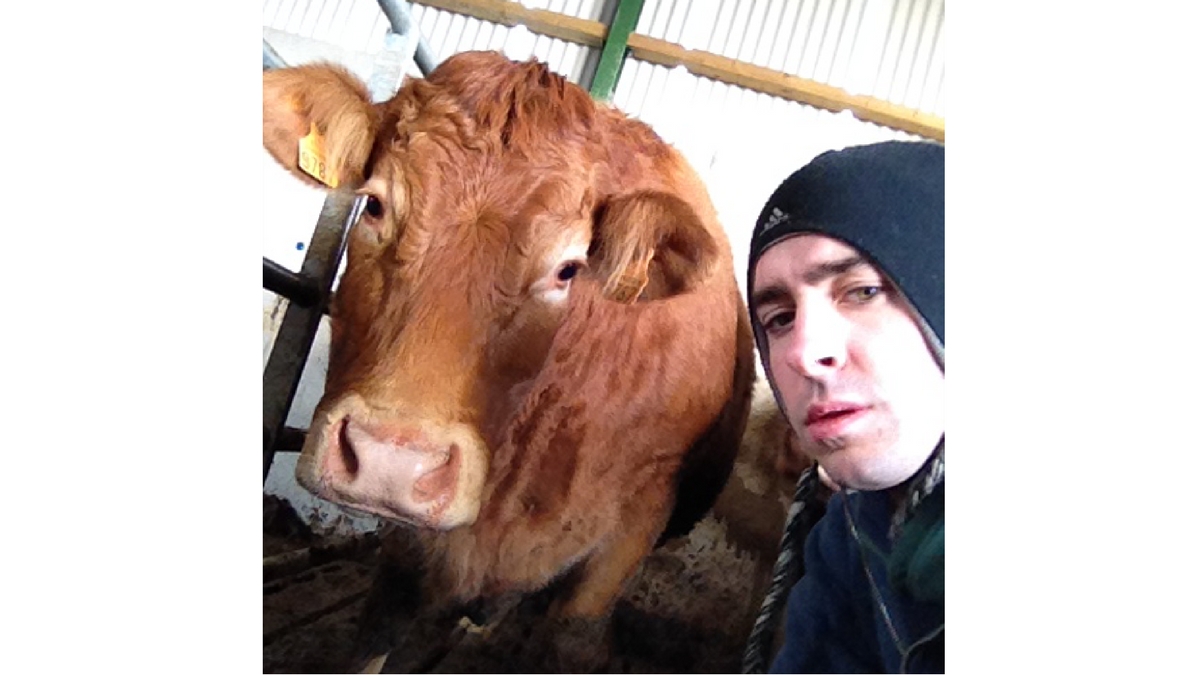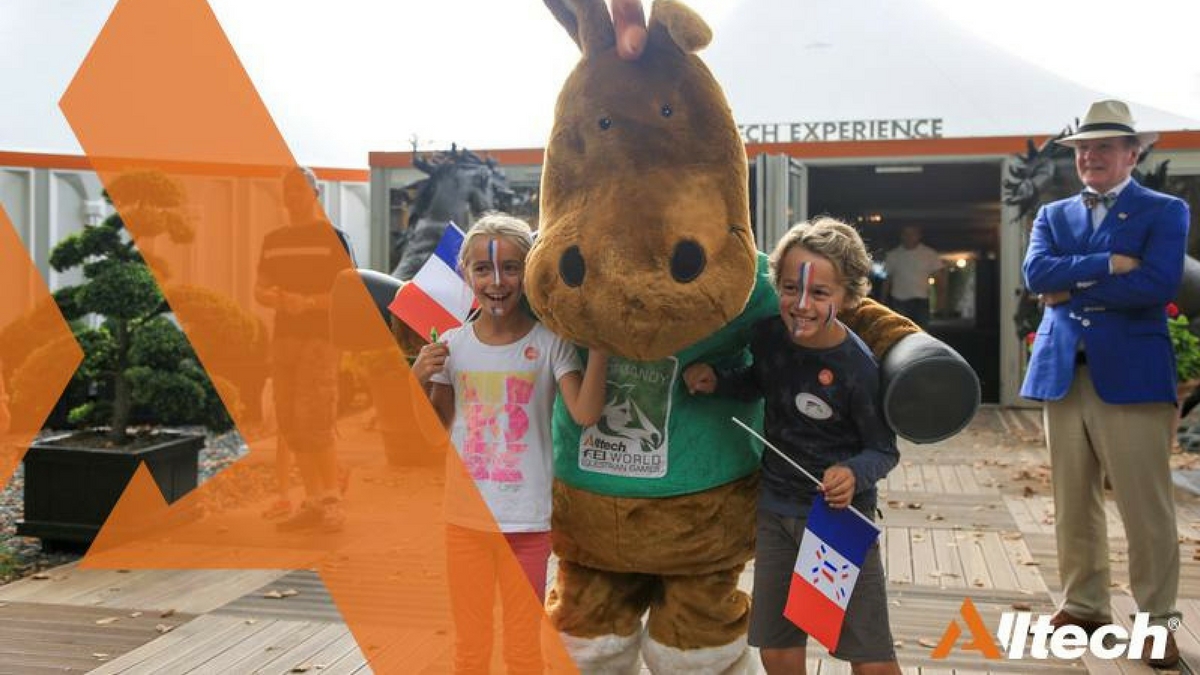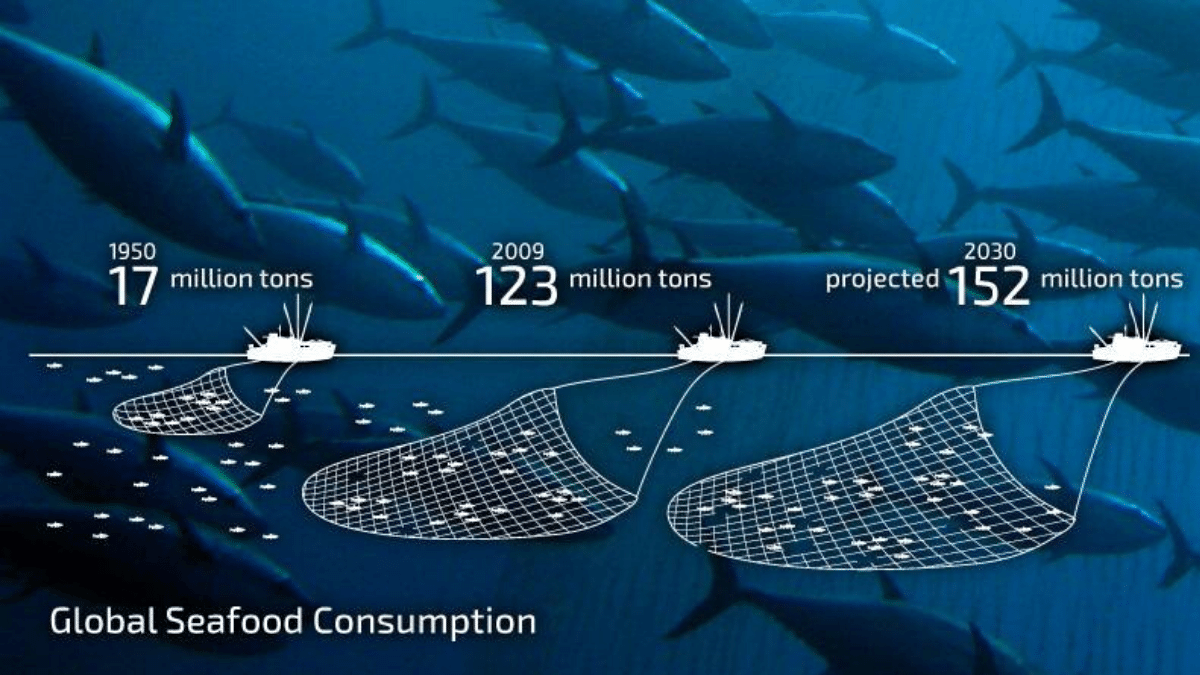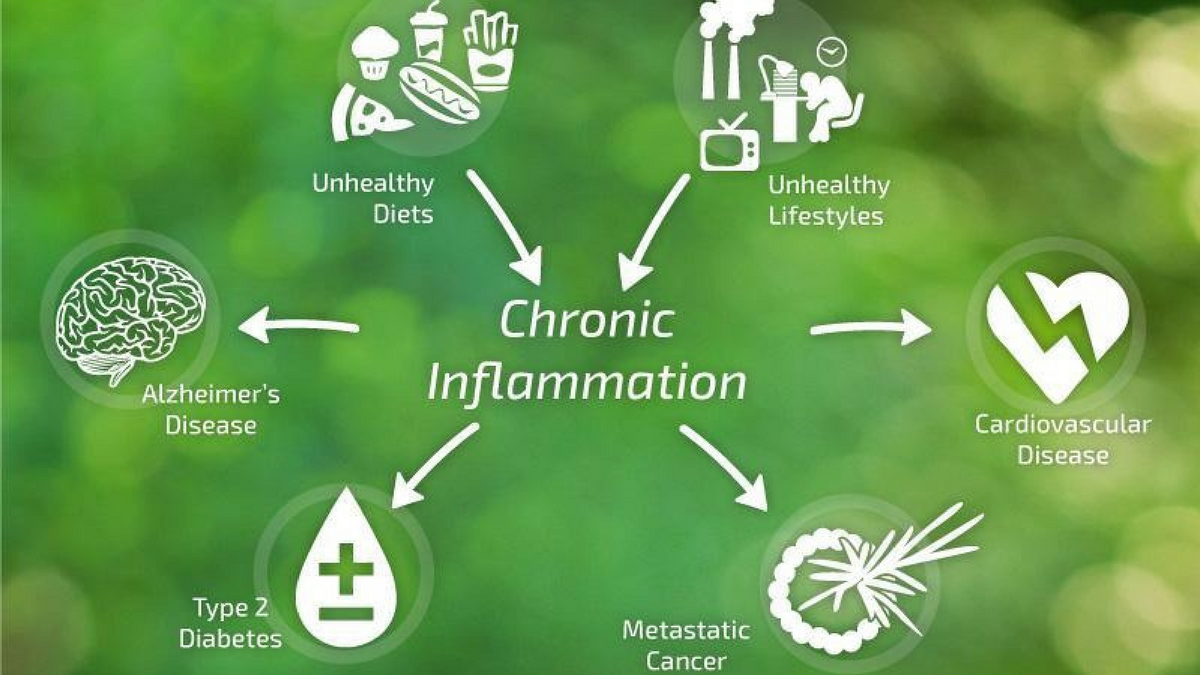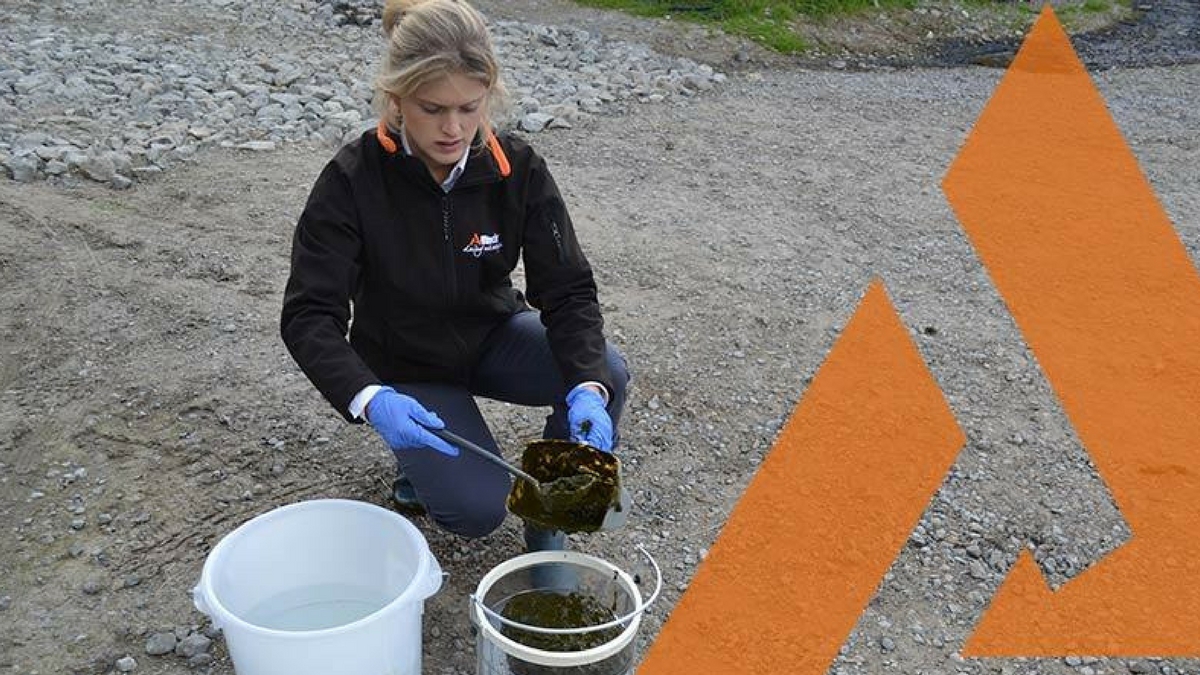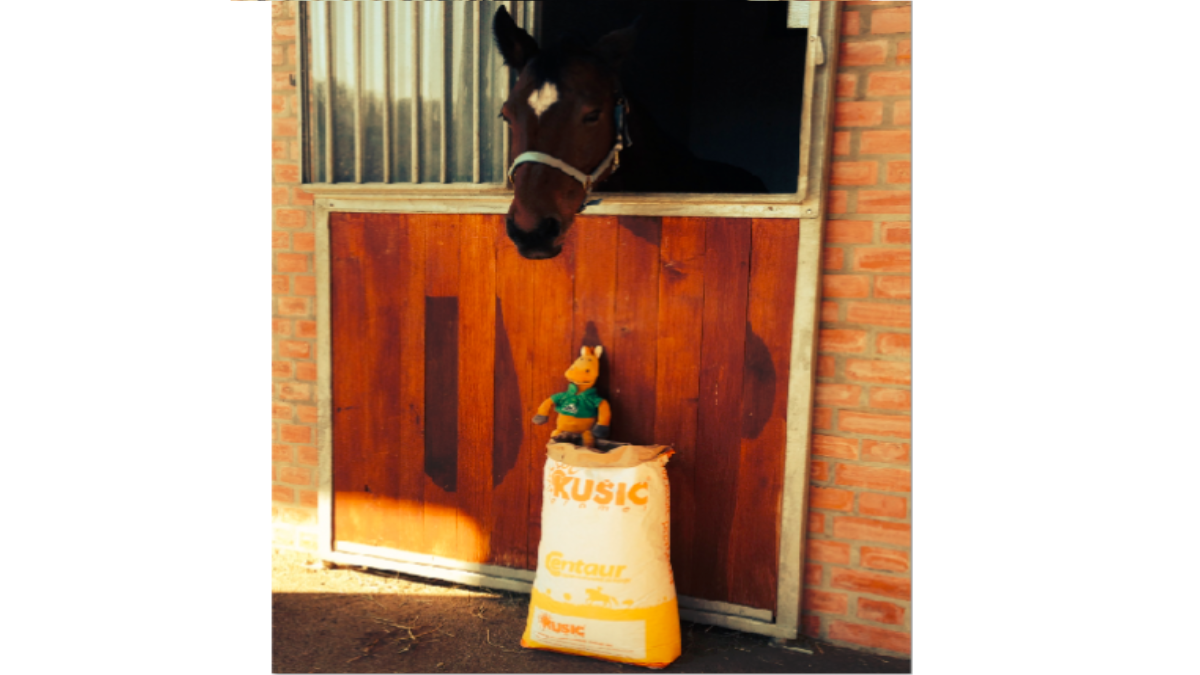From Dreams to Dairy Nutritionist
Hello Folks,
My name is Niall Brennan. I have been recently selected onto the Alltech Dairy Career Development Programme. This is a stage in my life that has taken a lot of hard work and involved making some very serious decisions. Five years ago I made up my mind in the final year of secondary school that I wanted a career in the agriculture sector, having got the interest from the family dairy farm in county Louth. I completed Ag Science outside of school to ensure I would have the science subject I needed to get into my course, Dairy Business. I have to say I loved my time in Dublin; I met some great people and learned a massive amount. In 2012 I had the chance to travel to New Zealand where I worked with 550 and 800 cow herds.
Having talked to Alltech representatives at a career fair in UCD in February I was automatically drawn to the company. I was notified about the Dairy Programme and quickly saw this as a great opportunity for me to get involved in something that I had a genuine excitement for. Luckily I was accepted and began training on Monday the 15th of September.
This week I was introduced to the Alltech team in Dunboyne. I was immediately drawn to the level of professionalism of the company, be it the people or the culture within it. The company gives off a real message that if it’s worth doing it’s worth doing right. People in Alltech also come across as genuine and I feel I could approach anyone here.
So far I am delighted with the programme and the other three members, Joe, April and Han. I will continue to train until mid November when I will be deployed out to Turkey. I will be working as a dairy nutritionist on a farm there. I have heard only positive things about the farm from people who have visited it or knew about it. The farm is home to 14,000 cows with an emphasis on high intakes and utilisation. It is located 15 minutes away from Kusadasi, so I should be able to have some fun at the weekends. So there you have it, that’s my first blog.
Have a question or comment?
- Read more about From Dreams to Dairy Nutritionist
- Log in to post comments
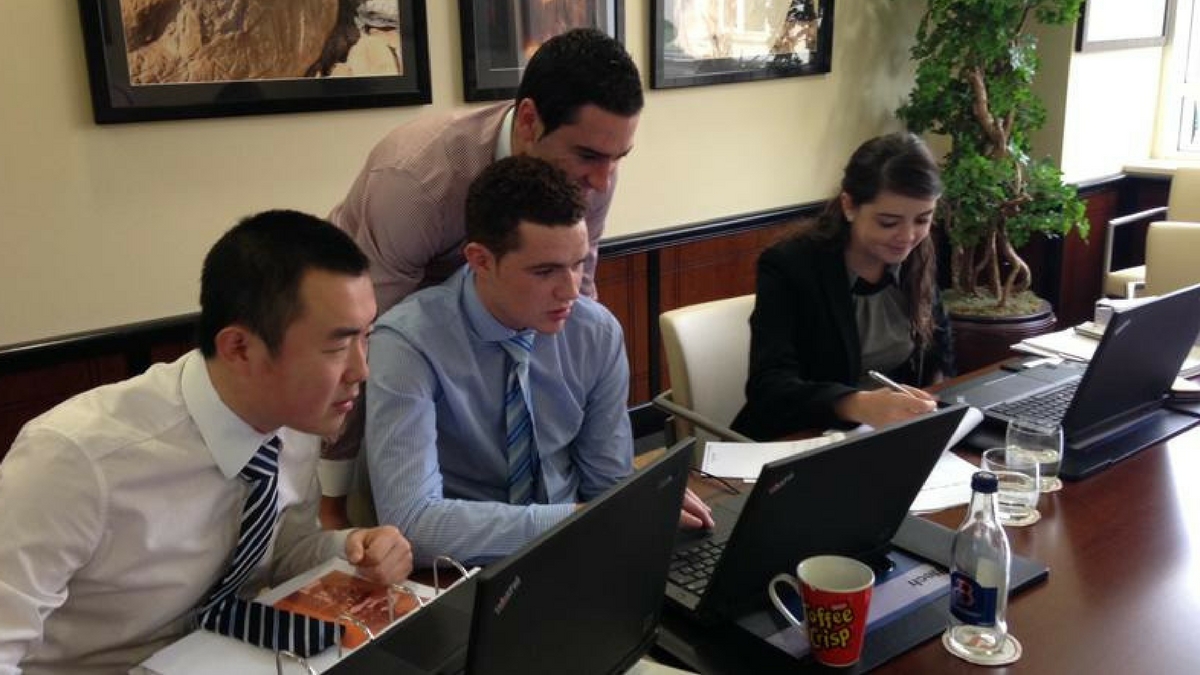
<script charset="utf-8" type="text/javascript" src="//js.hsforms.net/forms/v2-legacy.js"></script>
<![endif]-->
<script charset="utf-8" type="text/javascript" src="//js.hsforms.net/forms/v2.js"></script>
<script>
hbspt.forms.create({
portalId: '745395',
formId: '2c5ba201-30c0-4669-9dc4-c9711ca1b006'
});
</script>













